
Travel
11:13, 01-Feb-2019
Travelogue: The ancient art gallery – Helan Mountain’s rock paintings
By Megan Zhang, Liu Zhenshuo
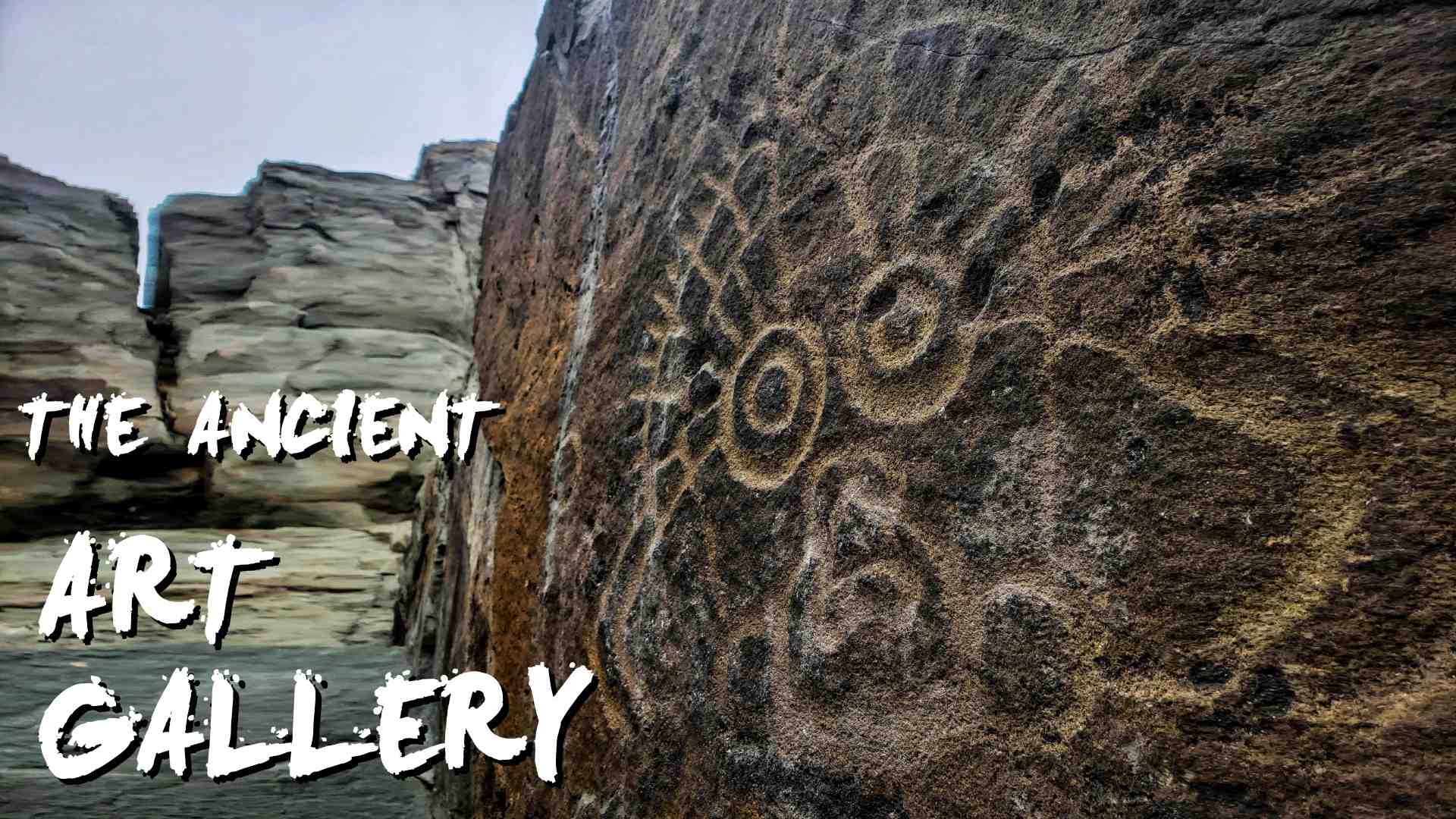
Stretching through part of the Helan Mountain range in northwest China's Ningxia Hui Autonomous Region is an ancient art gallery, left behind by humans of various nationalities who lived between 3,000 to 10,000 years ago.
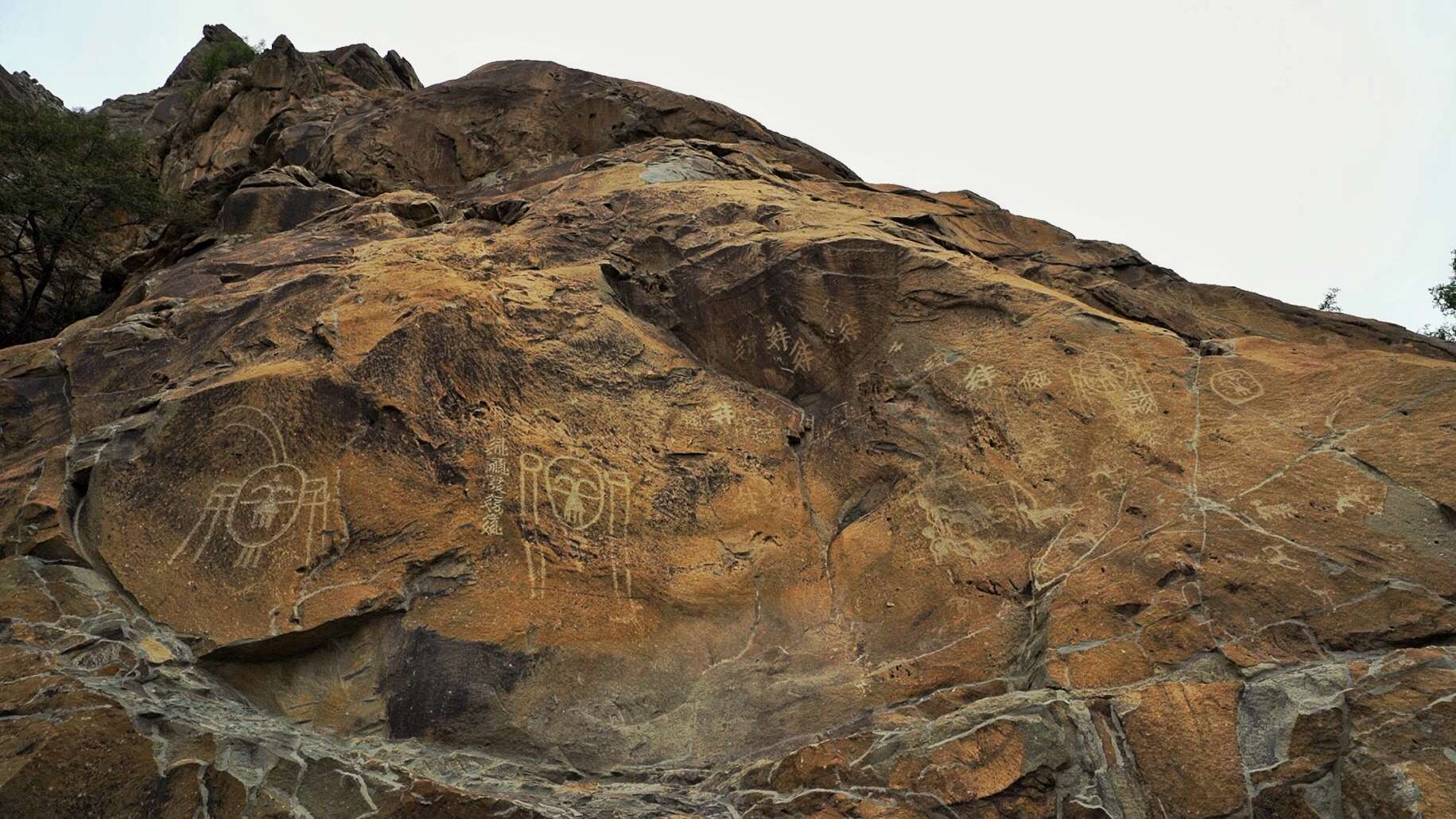
The creators of these carvings may be gone, but their artwork has stood the test of time. /CGTN Photo
The creators of these carvings may be gone, but their artwork has stood the test of time. /CGTN Photo
Approximately 20,000 petroglyphs depicting shaman masks, hands, animals, battles, and hunting scenes decorate these rock formations.
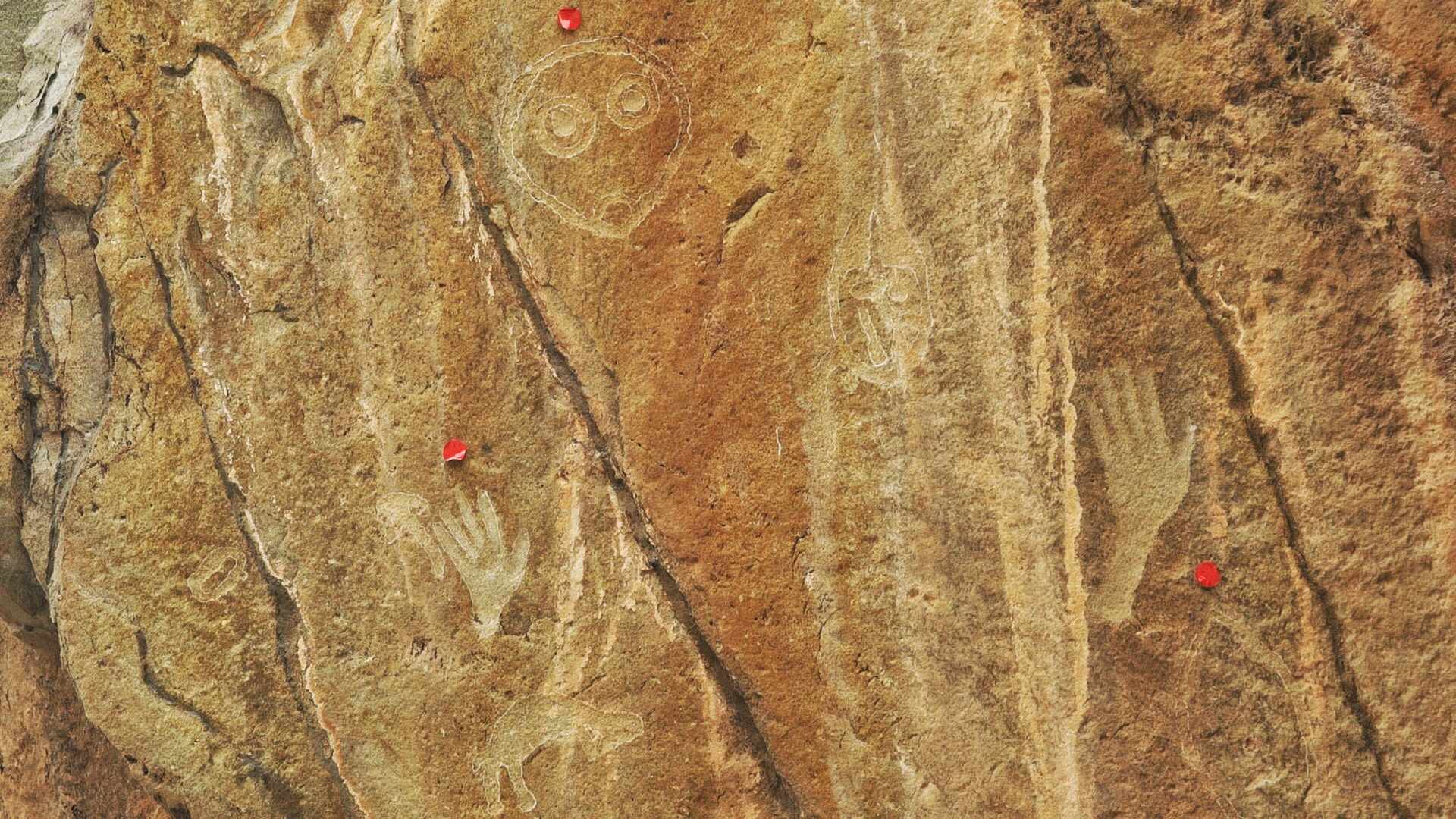
It is believed this petroglyph represents an ancient treaty. /CGTN Photo
It is believed this petroglyph represents an ancient treaty. /CGTN Photo
Perhaps the most well known of the engravings is one that depicts the Sun God.
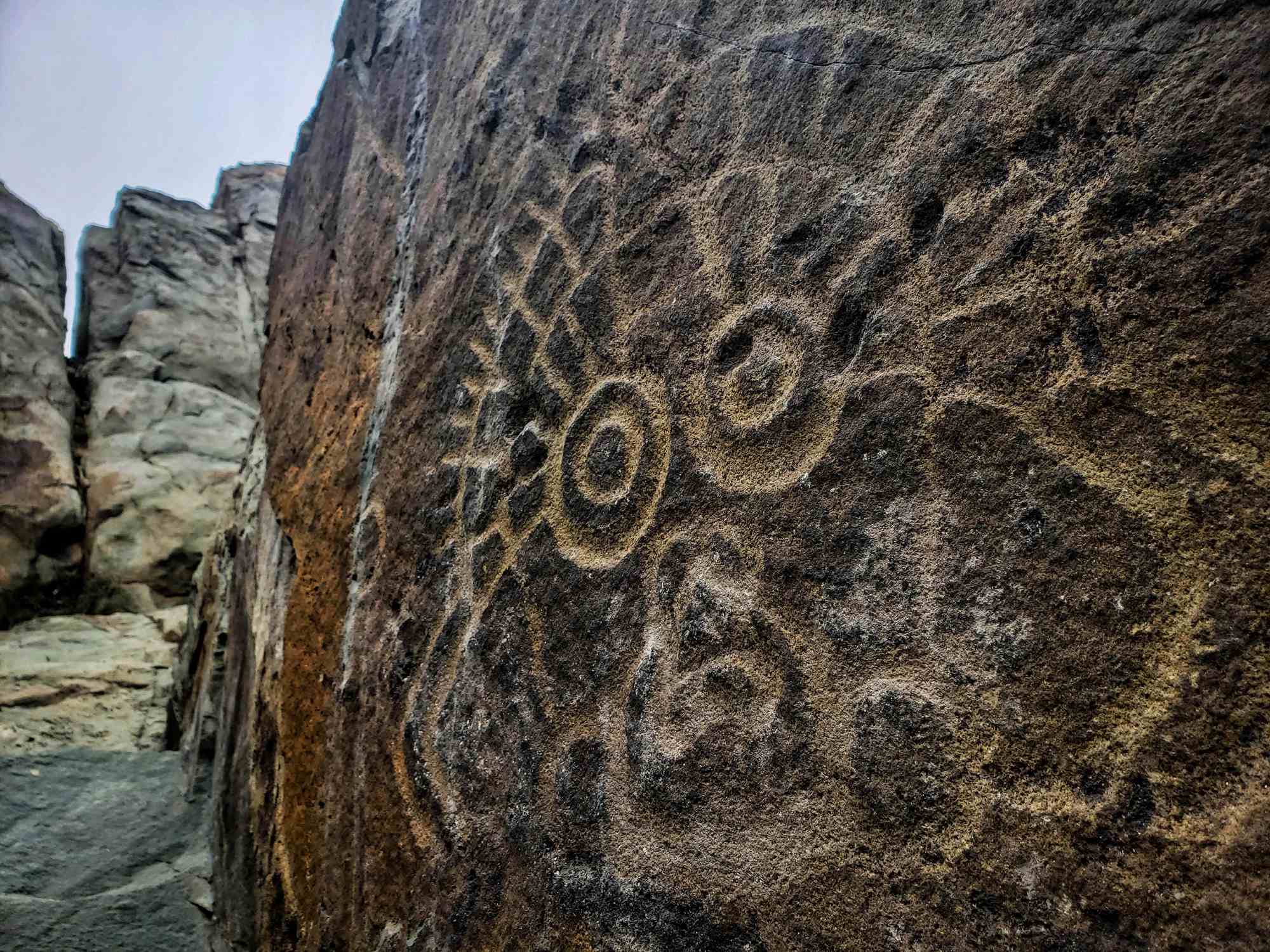
The Sun God's halo represents the light of the sun. /CGTN Photo
The Sun God's halo represents the light of the sun. /CGTN Photo
The purpose of the rock art in the Helan Mountains has long been debated. While some attach shamanic meanings to the engravings, others believe the petroglyphs served as territory markers or meeting places along travel routes.
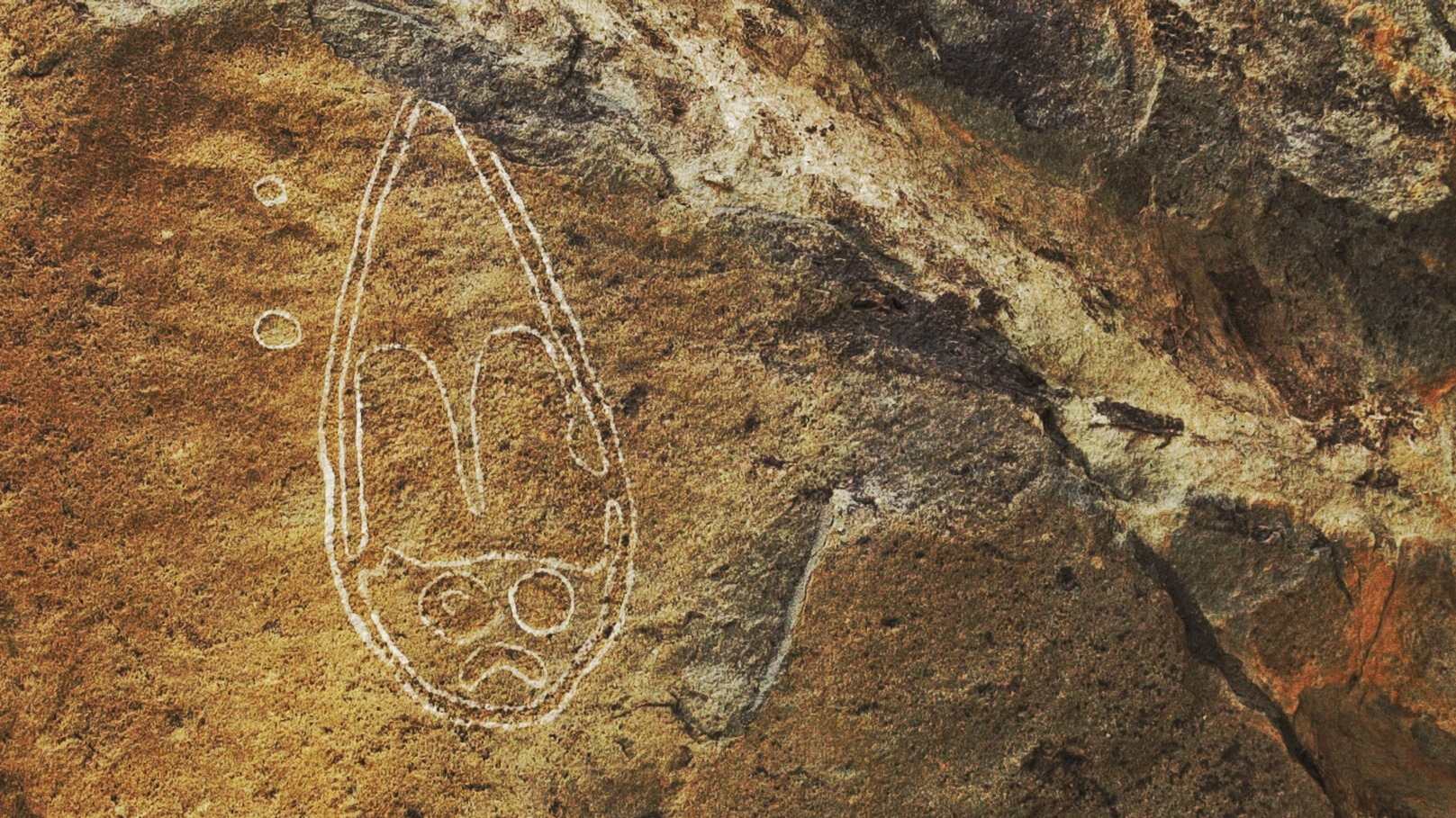
The petroglyphs give us a peek at the beliefs and customs of these ancient tribes. /CGTN Photo
The petroglyphs give us a peek at the beliefs and customs of these ancient tribes. /CGTN Photo
Still others see the artwork as depictions of everyday life among the tribes that once occupied the region.
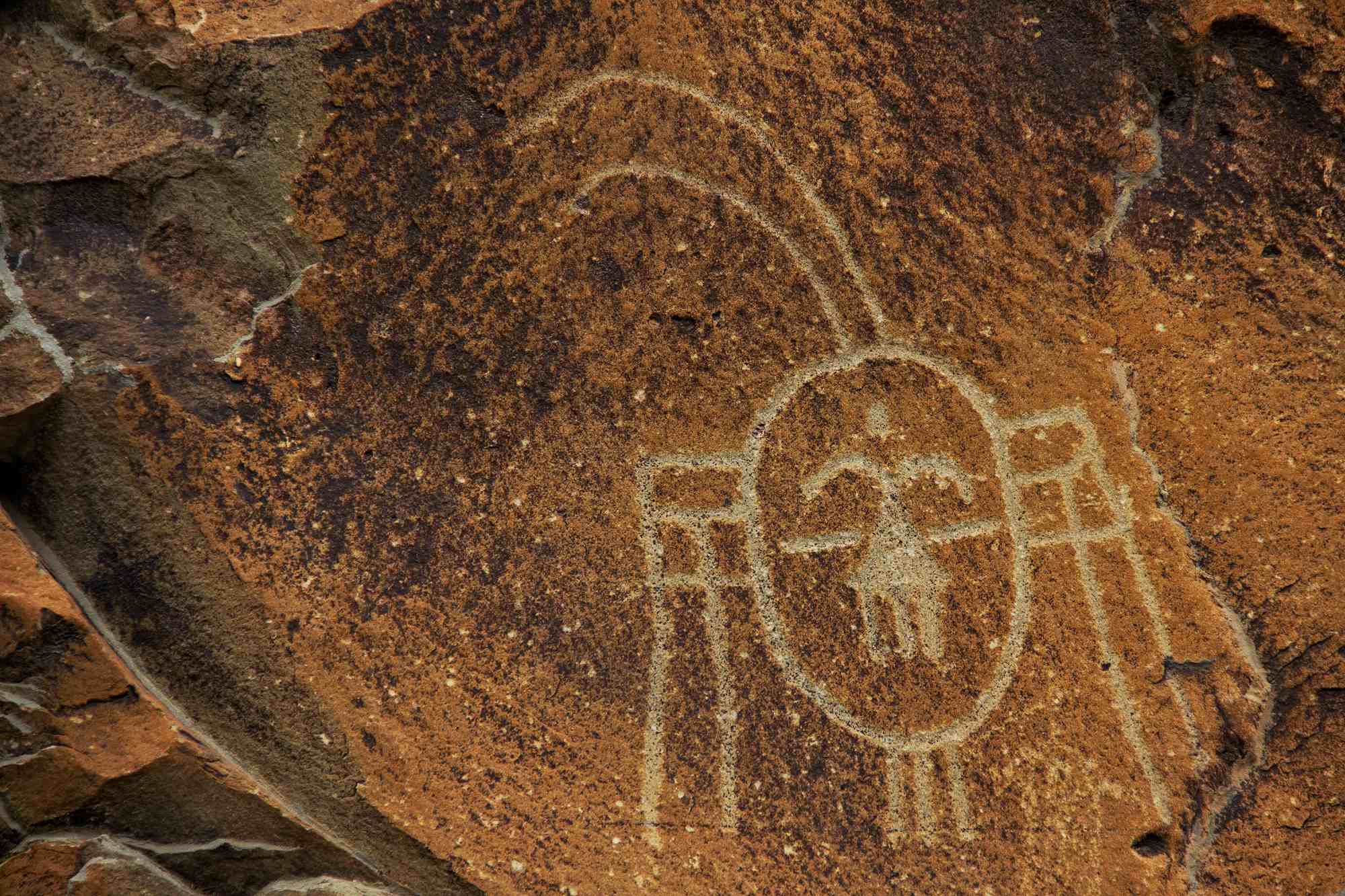
Tribes documented life with rock engravings. /CGTN Photo
Tribes documented life with rock engravings. /CGTN Photo
The majority of the carvings are located at Helankou, a gorge that cuts through the mountain range and is now the site of the Helankou Rock Engravings Park.
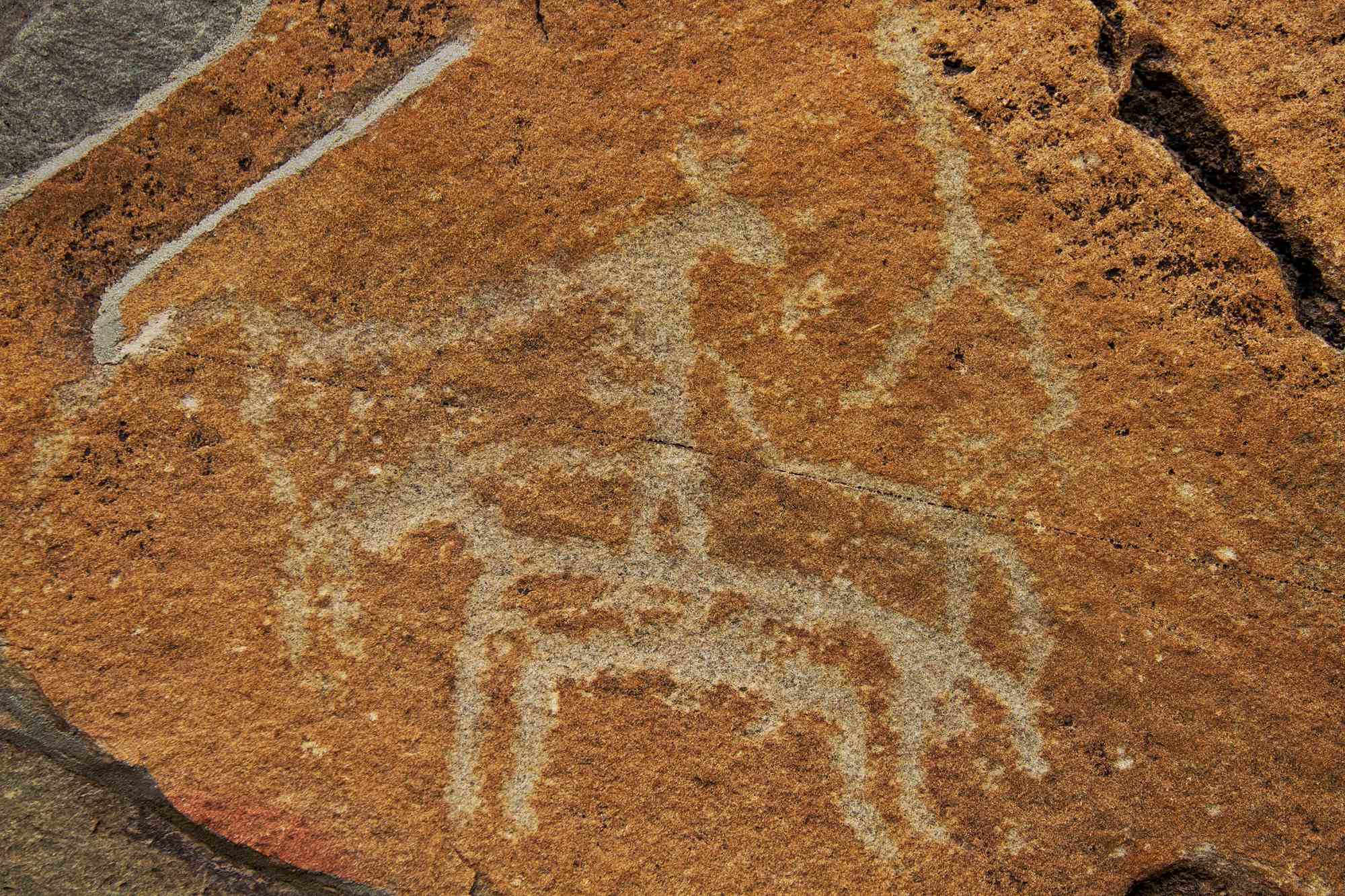
Some of the engravings depicted animals. /CGTN Photo
Some of the engravings depicted animals. /CGTN Photo
Explore Ningxia with Tianran He, host of Travelogue on CGTN. The show broadcasts on Sundays at 7:30 a.m. and 4:30 p.m., Mondays 2:00 a.m. and Thursdays 1:30 p.m. (Beijing Time).
903km

SITEMAP
Copyright © 2018 CGTN. Beijing ICP prepared NO.16065310-3
Copyright © 2018 CGTN. Beijing ICP prepared NO.16065310-3